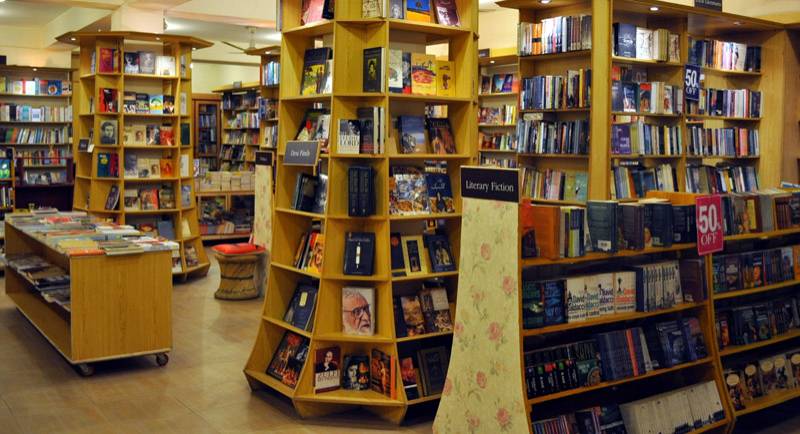
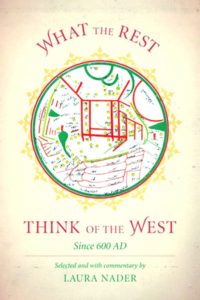
What the Rest Think of the West: Since 600 AD
Laura Nader
University of California Press (2015)
Over the past few centuries, as Western civilization has enjoyed an expansive and flexible geographic domain, Westerners have observed other cultures with little interest in a return gaze. In turn, these other civilizations have been similarly disinclined when they have held sway. Clearly, though, an external frame of reference outstrips introspection—we cannot see ourselves as others see us. Unprecedented in its scope, What the Rest Think of the West provides a rich historical look through the eyes of outsiders as they survey and scrutinize the politics, science, technology, religion, family practices, and gender roles of civilizations not their own. The book emphasizes the broader figurative meaning of looking west in the scope of history.
Focusing on four civilizations—Islamic, Japanese, Chinese, and South Asian—Nader has collected observations made over centuries by scholars, diplomats, missionaries, travelers, merchants, and students reflecting upon their own “Wests.” These writings derive from a range of purposes and perspectives, such as the seventh-century Chinese Buddhist who goes west to India, the missionary from Baghdad who travels up the Volga in the tenth century and meets the Vikings, and the Egyptian imam who in 1826 is sent to Paris to study the French. The accounts variously express critique, adoration, admiration, and fear, and are sometimes humorous, occasionally disturbing, at times controversial, and always enlightening. With informative introductions to each of the selections, Laura Nader initiates conversations about the power of representational practices.
Laura Nader is Professor of Anthropology at the University of California, Berkeley.
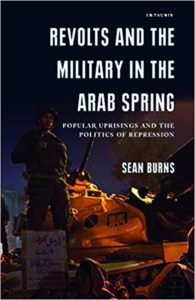
Revolts and the Military in the Arab Spring: Popular Uprisings and the Politics of Repression
Sean Burns
Bloomsbury Academic (2018)
Through detailed exploration of events in Tunisia, Egypt, Bahrain, Libya, Syria and Yemen, Sean Burns here breaks down the concept of professionalism within the armed forces into its component parts and demonstrates how variation in military structures determines their behaviour. In so doing, and by emphasising historical context and drawing on a wide range of political science theory, Burns sheds fresh light onto the ways in which military structure affects the potential for democratic transition or the course of civil war. With this book he presented a wide-ranging study of the Middle East which provides key tools to understanding the opportunities for democratisation, both during the Arab Spring and beyond, and which is therefore essential reading for anyone working on the Middle East, popular uprisings and the politics of repression.
Sean Burns received his PhD from Northwestern University in Illinois and is currently aVisiting Assistant Professor at the College of William and Mary. He has previously published in peer-reviewed journals and presented at conferences internationally on military structures and many other areas of Middle East politics.
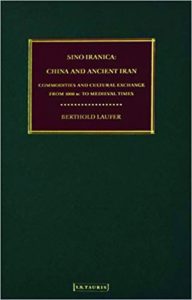
Sino-Iranica: China and Ancient Iran
Commodities and Cultural Exchange from 1000BC to Medieval Times
Berthold Laufer
Bloomsbury (2017)
In this major study - regarded as his most important work - the pioneering anthropologist, Berthold Laufer documents the cultural transfers that took place between China and Iran in ancient times. He does so by tracing the history of cultivated plants, drugs, products, minerals, metals, precious stones and textiles, in their migration from Persia to China and from China to Persia. Walnut, peach, apricot and olive, as well as more exotic products like jasmine, henna, indigo, lapis lazuli, amber, coral, gold, ebony, zinc and myrrh are all included. Few other publications provide so much informative detail about the way human activity has modified the natural world through the movement of plants and other natural resource products from one historical civilisation to another. The work also offers important detail on Iran for periods when Iranian sources are slim. Introduced by Brian Spooner, Professor of Anthropology at the University of Pennsylvania, this classic work is once more available for all scholars of Iran, China and cultural exchange.
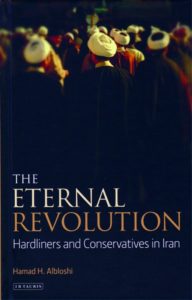
The Eternal Revolution: Hardliners and Conservatives in Iran
Hamad Albloshi
Bloomsbury Academic (2016)
More than three decades have passed since the establishment of the Islamic Republic of Iran in 1979. In that time, theories of modern revolution would suggest a retreat from ideological goals, heralding a phase of institutional development. However, Hamad Albloshi argues that Iran is unique: the current rhetoric of conservative Iranian leaders implies the regime has not left its revolutionary stage. Through an examination of the hardline conservative ideology in Iran-personified by the former president, Mahmoud Ahmadinejad-this book explores how the usual development seen in revolutions from radical discourse to pragmatic rhetoric has not been the case in Iran. Albloshi explores the evolution of the hardline conservatives and their main ideas about the nature of the Iranian regime, their position toward other groups within the system, and their approach to the international community. By doing so, he sheds new light on the group’s position in the country and the ideological roots of major shifts that occurred in Iran’s internal and external policies in the period between 2005 and 2013.
Hamad Albloshi is an assistant professor in the Political Science Department at the Kuwait University. He is an expert in Iranian history and politics. He holds a PhD. in International Relations from the Fletcher School of Law and Diplomacy at Tufts University.
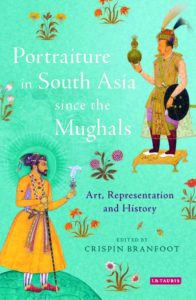
Portraiture in South Asia since the Mughals: Art, Representation and History
Crispin Branfoot
Bloomsbury Academic (2018)
One of the most remarkable artistic achievements of the Mughal Empire was the emergence in the early seventeenth century of portraits of identifiable individuals, unprecedented in both South Asia and the Islamic world. Appearing at a time of increasing contact between Europe and Asia, portraits from the reigns of the great Mughal emperor-patrons Akbar, Jahangir and Shah Jahan are among the best-known paintings produced in South Asia. In the following centuries portraiture became more widespread in the visual culture of South Asia, especially in the rich and varied traditions of painting, but also in sculpture and later prints and photography.
This collection seeks to understand the intended purpose of a range of portrait traditions in South Asia and how their style, setting and representation may have advanced a range of aesthetic, social and political functions. The chapters range across a wide historical period, exploring ideals of portraiture in Sanskrit and Persian literature, the emergence and political symbolism of Mughal portraiture, through to the paintings of the Rajput courts, sculpture in Tamil temples and the transformation of portraiture in colonial north India and post-independence Pakistan.
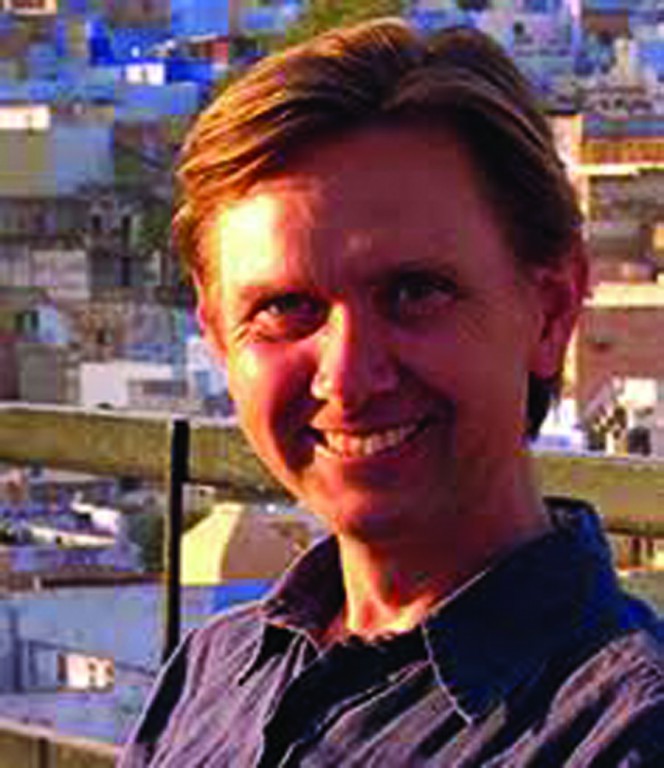
This specially commissioned collection of studies from a strong list of established scholars and rising stars makes a significant contribution to South Asian history, art and visual culture.
Crispin Branfoot is Senior Lecturer in South Asian Art and Archaeology at SOAS and is a renowned expert in Mughal portraiture and Indian history, having worked in this capacity at both the Ashmolean and the British Museum.

